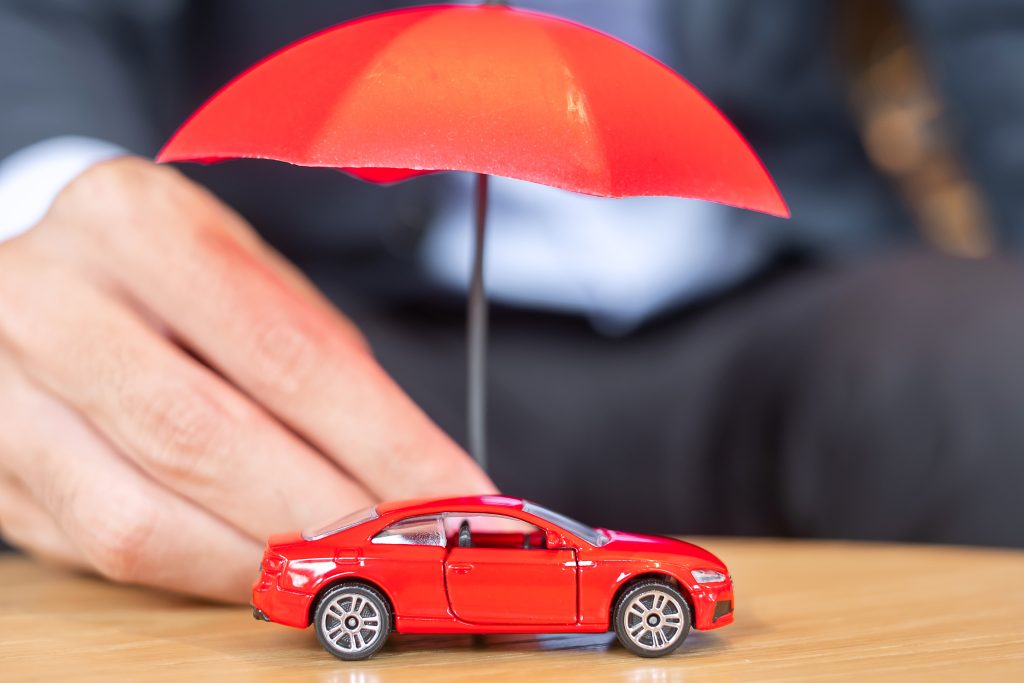
When someone is experiencing severe bleeding, acting quickly and properly can save a life. Follow these essential first aid steps:
Call for Emergency Help
If the bleeding is from a deep wound or you're unsure of its severity, immediately call 911 or your local emergency number. Avoid moving the injured person unless it's necessary to prevent further harm.
Use Protective Equipment
Before touching the wound, wear disposable gloves and other protective gear if available. This helps prevent infection and protects both you and the injured person.
Expose and Assess the Wound
Gently remove clothing or visible debris from the wound area. Check for multiple bleeding sites, as more than one injury may be present.
- Do not remove deeply embedded or large objects.
-
Do not try to clean the wound.
-
Avoid probing or exploring the wound.
Apply Pressure to Stop the Bleeding
Place sterile gauze or a clean cloth over the wound. Press down firmly with your palm to help stop the bleeding.
Important:
-
Do not press on an eye injury or a wound with an embedded object.
-
If there’s a head injury and you suspect a skull fracture, avoid applying pressure.
Wrap the Wound and Elevate
Secure the wound using a thick bandage or clean cloth, and hold it in place with tape or another wrap. If possible, elevate the injured area above the heart to reduce blood flow to the wound.
Prevent Shock
Have the injured person lie down on a rug or blanket to preserve body heat.
If they show signs of shock—such as pale, clammy skin, weakness, or a rapid heartbeat—elevate their feet and stay calm. Speak to them gently and offer reassurance.
Reinforce the Dressing
If blood continues to soak through the bandage, do not remove it. Simply add more gauze or cloth on top and continue applying pressure.
Using a Tourniquet (For Limb Bleeding Only)
Tourniquets should only be used in life-threatening limb bleeding.
-
Apply a commercially-made tourniquet if available and only if you’re trained to use it.
-
Do not use makeshift tourniquets like belts or scarves.
-
When help arrives, inform them how long the tourniquet has been in place.
Minimize Movement
While waiting for emergency services, encourage the injured person to remain as still and calm as possible. This helps prevent further injury and slows bleeding.
If Emergency Help Was Not Called
If you haven’t called for an ambulance, transport the injured person to the nearest emergency room immediately.
Aftercare for Yourself
Even if you don’t see any blood on your hands, wash your hands thoroughly after giving first aid. This reduces the risk of infection for both you and others.







.png)
.png)
.png)






.png)
.png)
.png)
.png)
.png)
.png)
.png)
.png)
.png)



.png)


.jpg)




















